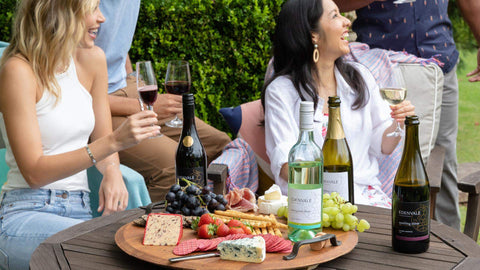Ever seen a bottle labelled “non-alcoholic” only to spot 0.5% ABV on the label? You’re not alone. One of the most common questions we get is: what’s the difference between non-alcoholic and alcohol-free drinks?
Let’s break it down.
What Is a Non-Alcoholic Drink?
In most parts of the world, non-alcoholic refers to any beverage with 0.5% ABV or less. That includes most dealcoholized wines and beers, as well as some kombuchas and fermented beverages.
Why 0.5%? That’s the threshold at which the human body metabolizes alcohol faster than it can feel any intoxicating effects.
Consider this: to feel the effects of a single 5% beer, you’d need to drink ten 0.5% beers in the same short time frame. That’s a lot of liquid—and a full stomach.
And it’s not just drinks: many common foods like ripe bananas, soy sauce, orange juice, or sourdough bread contain trace levels of ethanol—yet we wouldn’t consider them “alcoholic.”
Anything at or below 0.5% ABV is widely accepted as non-alcoholic, both legally and practically.
What Does “Dealcoholized” or “Alcohol Removed” Mean?
When you see dealcoholized wine or beer, it means the drink started out alcoholic but went through a process—like vacuum distillation or spinning cone column extraction—to remove the alcohol.
These processes preserve flavour, aroma, and mouthfeel while reducing the alcohol to 0.5% ABV or below. Some wines reach 0.0%, while others remain around 0.3–0.5%.
So while the label may say “non-alcoholic,” it’s not necessarily alcohol-free. That brings us to the next category…
What Does “Alcohol-Free” Actually Mean?
Alcohol-free drinks typically contain zero alcohol - 0.0% ABV.
Unlike dealcoholized products, these drinks are usually crafted without fermentation or alcohol removal. Most are built from the ground up with no ethanol involved, or dealcoholized to 0.0% ABV. Think:
-
Functional drinks made with adaptogens and nootropics
-
Herbal aperitifs
-
Botanical spirits
-
Zero-proof cocktails
Alcohol-free options are a go-to for those who want absolutely no alcohol in their system—for personal, religious, or medical reasons.
Why the Difference Matters
While most people moderating their alcohol intake are comfortable with up to 0.5% ABV, everyone’s relationship with alcohol is different. Whether you're sober, pregnant, in recovery, or just aiming for zero traces, that extra clarity on labels helps you stay aligned with your goals.
The good news? There’s an incredible range of both alcohol-free and non-alcoholic options available today—and both can offer the flavour, complexity, and experience of a “real” drink.
Our Take at Santé
We carry a curated selection of non-alcoholic and alcohol-free drinks from around the world, and we’re always transparent about what’s in the bottle. Whether you’re looking for 0.0% alcohol-free wines, dealcoholized spirits, or functional beverages with a little herbal kick, we’ve got you covered. In fact, about 50% of our selection is completely alcohol-free.
If you’re unsure where to start, check out our collection of Non-Alcoholic drinks, or sort by Alcohol-Free if that is what you are looking for. Or better yet, come by the shop—we’d love to walk you through your collection!
TL;DR: Quick Breakdown
| Term | ABV | How It's Made |
| Alcohol-Free | 0.0% ABV | Typically not fermented |
| Non-Alcoholic | ≤ 0.5% ABV | Alcohol removed post-fermentation |
| Dealcoholized | ≤ 0.5–1.0% ABV | Alcohol removed post-fermentation |
Cheers!
Jon





